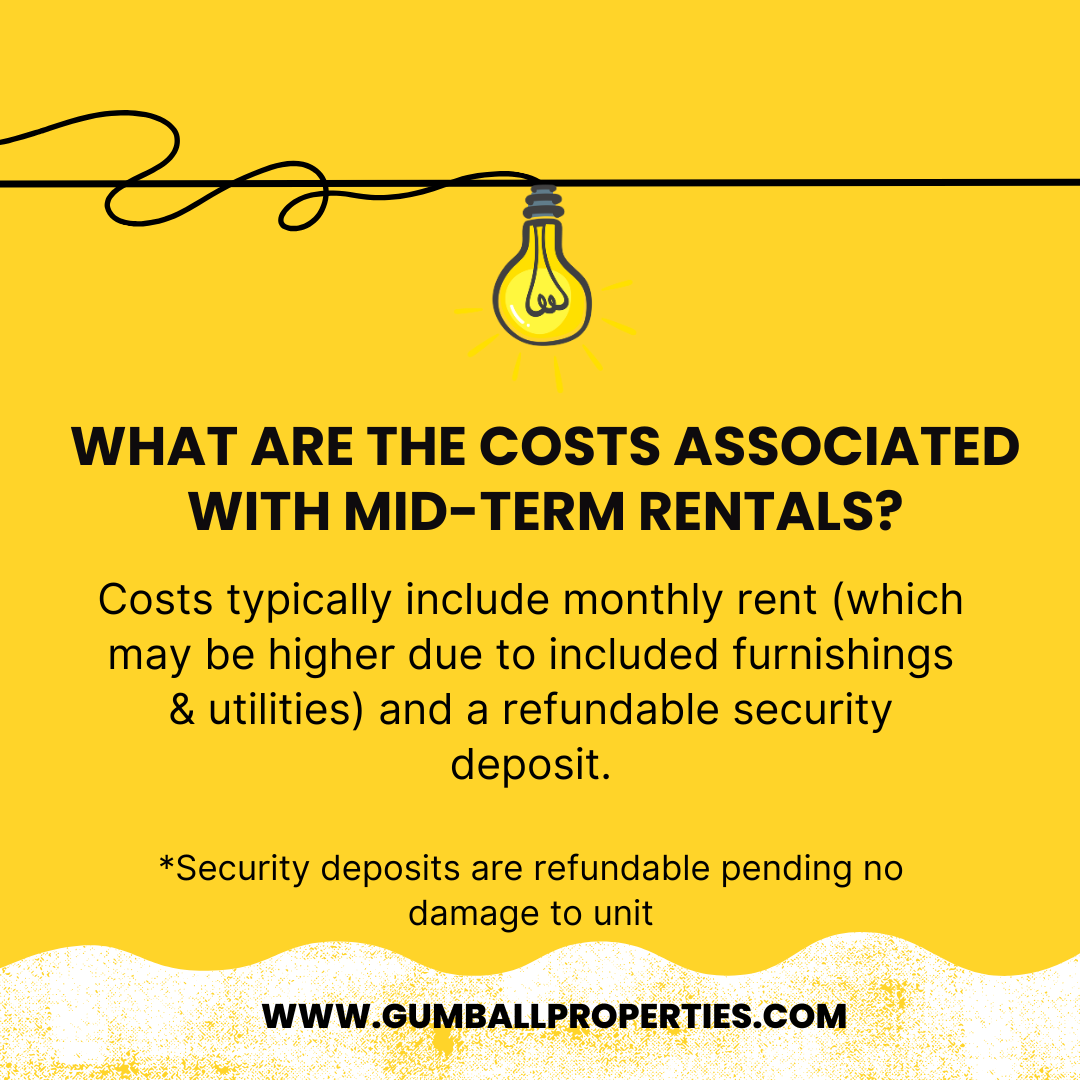The Real Deal on Remote Work: Numbers That'll Make You Rethink Your Office Space
Hey there, fellow workplace innovators! Ready to dive into some eye-opening stats about remote work? Buckle up, because what we've learned in the past year might just change how you view that corner office.
Table of Contents
Productivity: Not Just a Buzzword Anymore
Remember when we thought productivity meant being chained to a desk? Well, times have changed! Companies with optimized remote work models are seeing a whopping 15%-40% boost in productivity. That's right, your team might be crushing it while still in their pajamas.
Imagine what your team could accomplish with that kind of boost. It's not just about working harder; it's about working smarter in an environment that suits each individual.
Saving Green by Going Remote
Let's talk money, shall we? Businesses are discovering a potential goldmine in cost savings. We're looking at a possible 20%+ reduction in real estate and resource use. That's no small change!
Think about it: fewer office supplies, lower utility bills, and maybe even downsizing that expensive office space. It's like finding money in your couch cushions, but on a corporate scale!
Happy Employees Stick Around
Here's a nugget of wisdom: when employees are happy, they tend to stay put. Remote work is proving to be a powerful tool in keeping your best talent around. We're seeing a 10%-15% reduction in turnover rates. That's a lot of saved recruitment costs and preserved institutional knowledge.
It turns out, offering flexibility isn't just nice – it's strategic. Who knew that letting people work in their favorite coffee shop could be such a powerful retention tool?The Curious Case of Vanishing Sick Days
Hold onto your hats for this one: remote work has led to a 40% reduction in absenteeism. That's not a typo – 40%!
It seems when people have the flexibility to work from home, they're less likely to call in sick. Maybe it's the lack of commute stress, or perhaps it's easier to power through a mild cold when you're comfy at home.What Does This Mean for You?
If you're in HR or managing corporate relocations, these numbers are your new best friends. They're not just statistics; they're powerful tools for building a case for flexible work arrangements. Here's how you can put this info to work:
- Crunch the Numbers: Use these stats to calculate potential savings and productivity boosts for your organization.
- Survey Your Team: Get feedback on current remote work experiences. What's working? What could be better?
- Pilot Programs: If you're not fully remote, try a pilot program and track the results.
- Tech Check: Ensure your team has the right tools to succeed in a remote environment.
The Future is Flexible
The data is clear: remote work isn't just a trend; it's a transformation. It's boosting productivity, cutting costs, keeping employees happy, and reducing sick days. As we navigate the evolving workplace landscape, embracing these changes could be the key to staying competitive and creating a thriving work environment.
Ready to reimagine your workplace strategy? The numbers speak for themselves. It's time to take a fresh look at how we work and where we work. Who knows? Your next big business breakthrough might just come from someone's home office.
Want to dive deeper into making remote work, work for you? Check out our website at Gumball Properties









